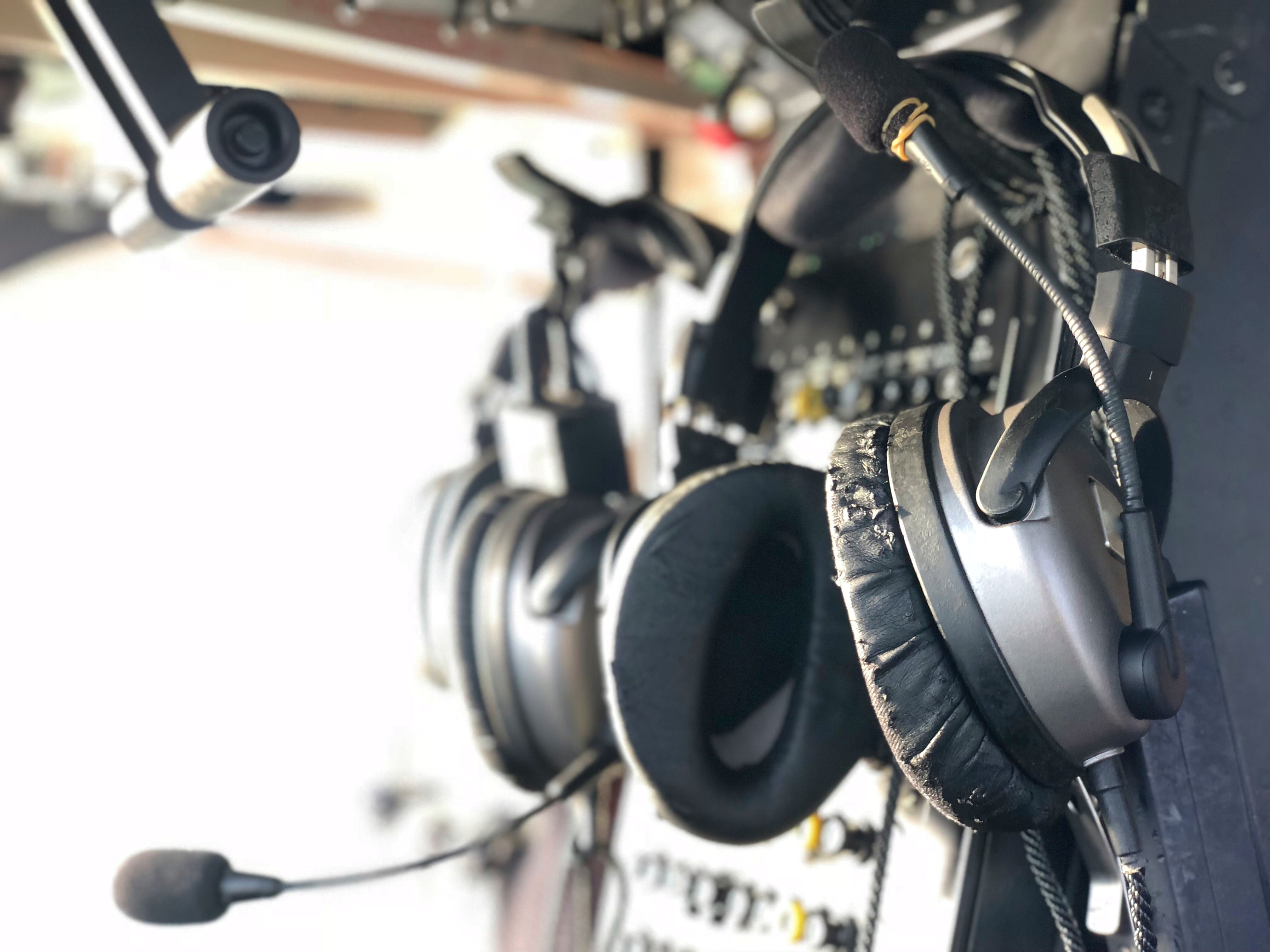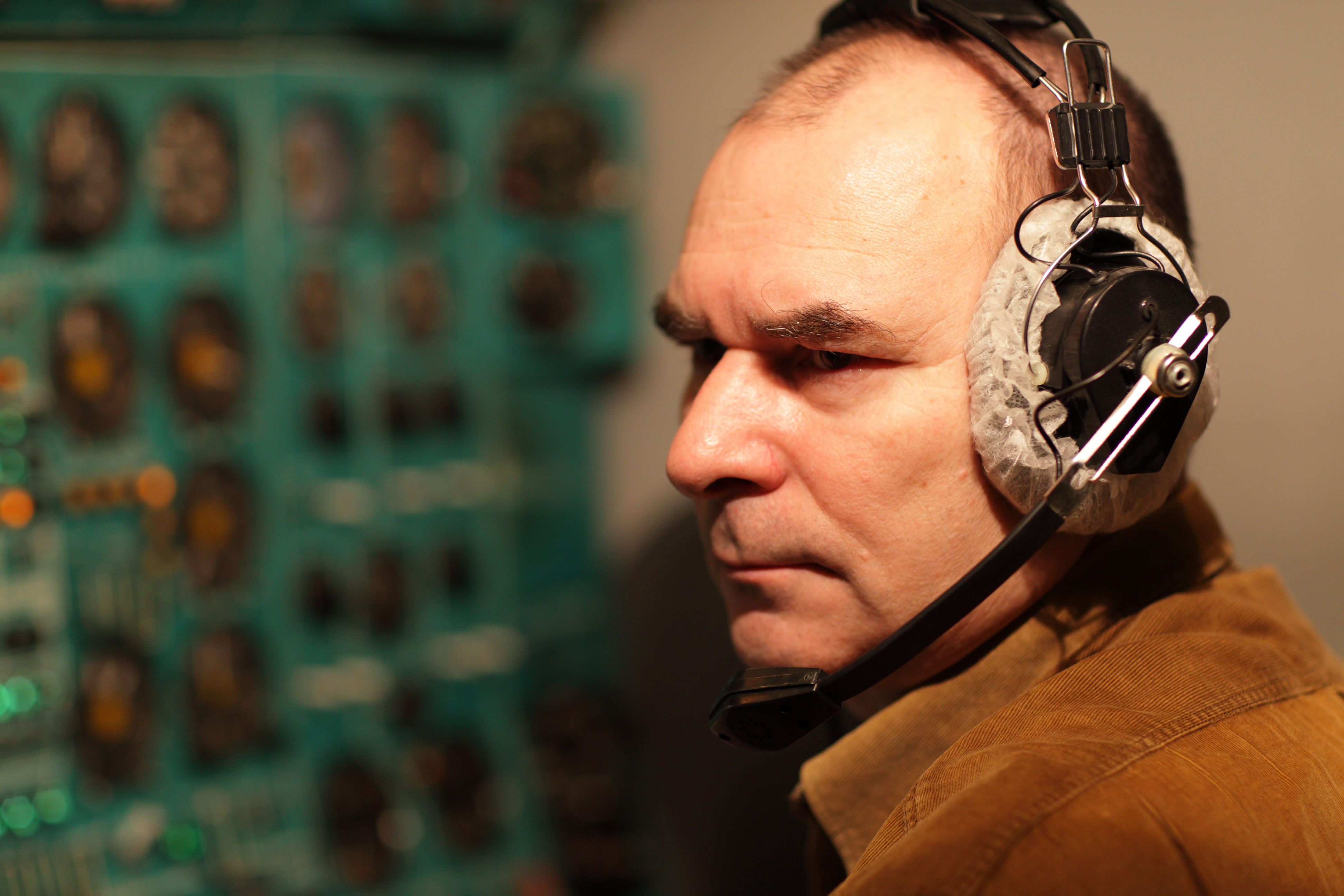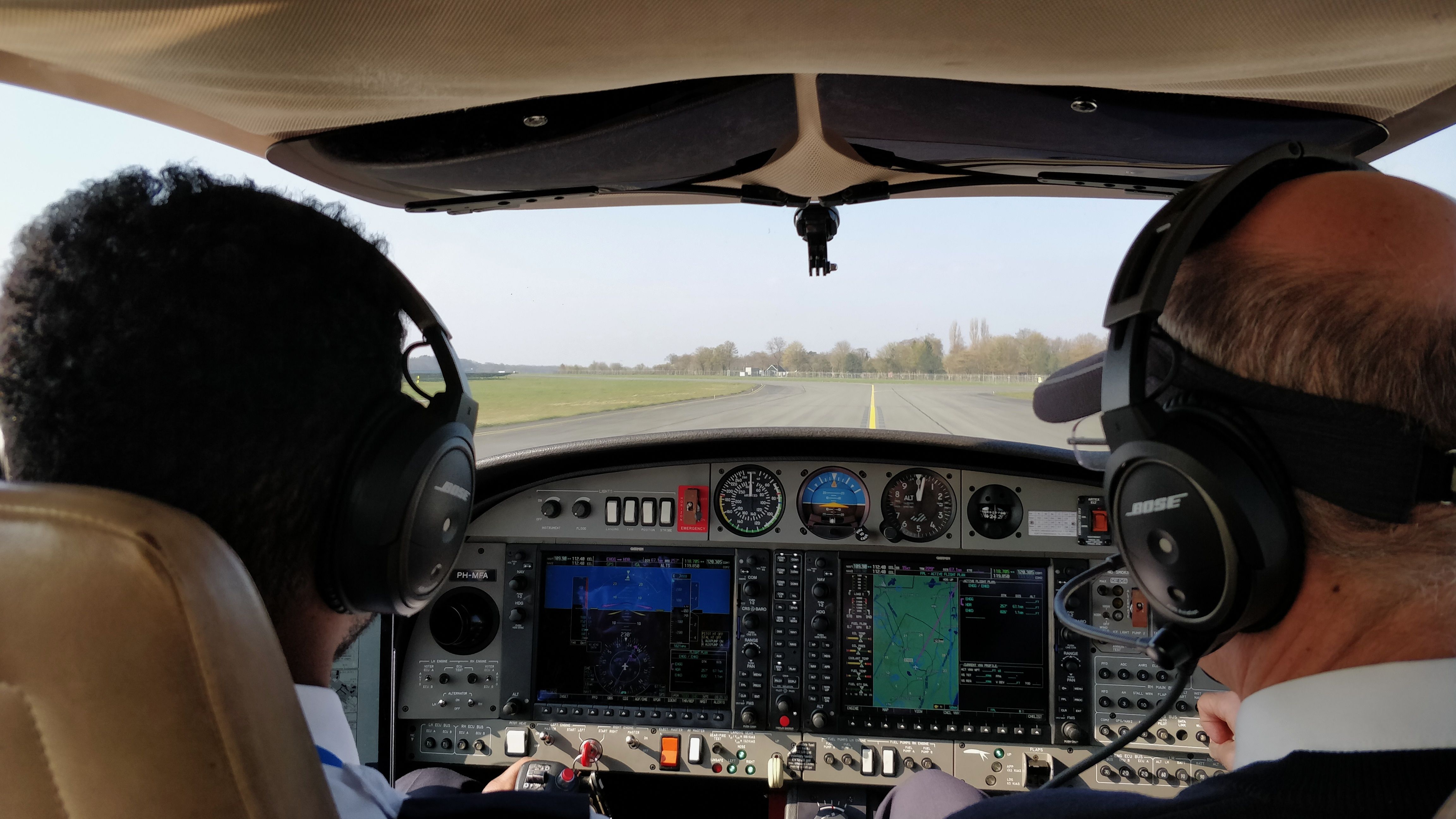Headsets are easily overlooked but not to be underestimated. Their importance to pilots, as well as controllers, is evidenced through their use in every operation. Ramp staff responsible for pushing planes back depend on headsets to perform their duties as well. Without headsets, commercial aviation would not be the same. Let's talk about how headset technology has evolved and what pilots use in modern operations.
Headset history
Aviation headsets are two components: the over-ear or in-ear receiver and the boom microphone. For a large part of aviation's history, pilots used headsets devoid of the latter component. Having researched the topic, the first aviation headsets were just that—headsets used for listening. To transmit, a secondary hand-held microphone was used, which led to fewer transmissions and shorter messages, thus the advent of concise phraseology such as "roger," as discussed in a previous article. It appears that headsets were first used around the mid-1910s during World War I, but their use was not widespread, and the technology was cumbersome and unreliable.
From the 1950s until the mid-1980s, aviation headsets for general and commercial use evolved but remained clunky, heavy, and did not feature any active noise canceling. Instead, headsets used a primitive technology known as passive noise cancelation. Passive noise cancelation is achieved by using dense materials like rubber and foam to insulate the cup of the headset from outside noise. Piston engines are incredibly noisy, as is the sound of air on the flight deck while in cruise. Passive noise canceling is better than nothing but still proved relatively ineffective at achieving a noise-free flying experience. There are widespread testimonies of hearing loss from pilots who flew during this period because headset technology was not suited for blocking ambient noise.
In the late 1970s, Dr. Amar Bose and his engineers began developing the first active noise reduction headphones (known as ANR technology). ANR technology relies on the same insulated ear cups as previous headsets. It features small microphones in each cup that match the frequency and amplitude of ambient noises (such as engines and air rush) before it reaches the ear. The technology has been refined over time and is now standard for nearly every modern aviation headset and many regular headsets for daily use.
Want answers to more key questions in aviation? Check out the rest of our guides here.
Modern headsets
The Federal Aviation Administration (FAA) and European Aviation Safety Agency (EASA) set guidelines for headset technology. In the United States, headsets must comply with a technical standard order, which pilots call "TSO compliant." The FAA's technical standard order sets a baseline for materials and performance requirements for headsets to be used in commercial operations. Many manufacturers produce headsets to these standards, and the most commonly used (from my perspective) are Bose and David Clark.
People wonder whether pilots wear their headsets during the entire flight. The answer depends on the aircraft and the airline. Most airlines require their pilots to wear headsets on the ground and below 18,000 feet. Many pilots wear noise-canceling headsets if they fly noisier planes, like the Boeing 737 (which is notoriously loud on the flight deck). Otherwise, headsets are removed during cruise, and the intercom speaker and the hand-held microphone are used.
Hopefully this grants perspective on headsets, their history, and the considerations pilots make when selecting their equipment. Headsets are easy to forget about until they don't work correctly. This is why standards have been implemented to ensure their quality.



